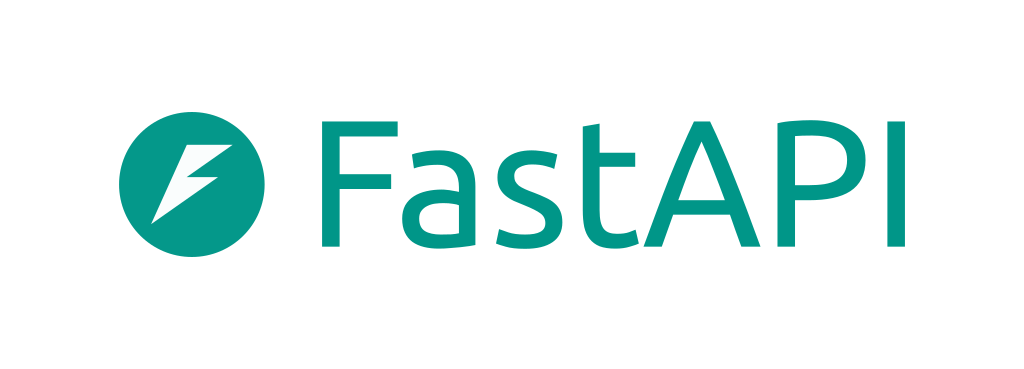Controls and theming enhancements
One month after the release of Flet 0.21.0, we are excited to announce the release of Flet 0.22.0.
This release comes with a lot of enhancements, bug fixes, and deprecations:
One month after the release of Flet 0.21.0, we are excited to announce the release of Flet 0.22.0.
This release comes with a lot of enhancements, bug fixes, and deprecations:
Flet makes writing dynamic, real-time web apps a real fun!
Flet 0.21.0 further improves web apps development experience as well as using asyncio APIs in your Flet apps.
Here's what's new in Flet 0.21.0:
🥰 Happy Valentine's Day lovely people! 🥰
We just released Flet 0.20.0 with the focus on:
Video (yay!), AudioRecorder and a bunch of Cupertino-like controls. Flet now includes 97 built-in controls!Dear friends! In the final post of this year I would like to thank you all for your contributions to Flet project whether it's spreading a word, submitting pull request, joining Discord discussion or a even sending an annoying bug report!
We've just released Flet 0.10.0 with FastAPI support!

FastAPI coupled with Uvicorn, Hypercorn, Gunicorn or other web server replaces built-in Flet web server (Fletd) to reliably run production Flet workloads.
On the other hand, seasoned FastAPI developers can use Flet to easily add interactive, real-time dashboards and admin UI to their existing or new FastAPI services.